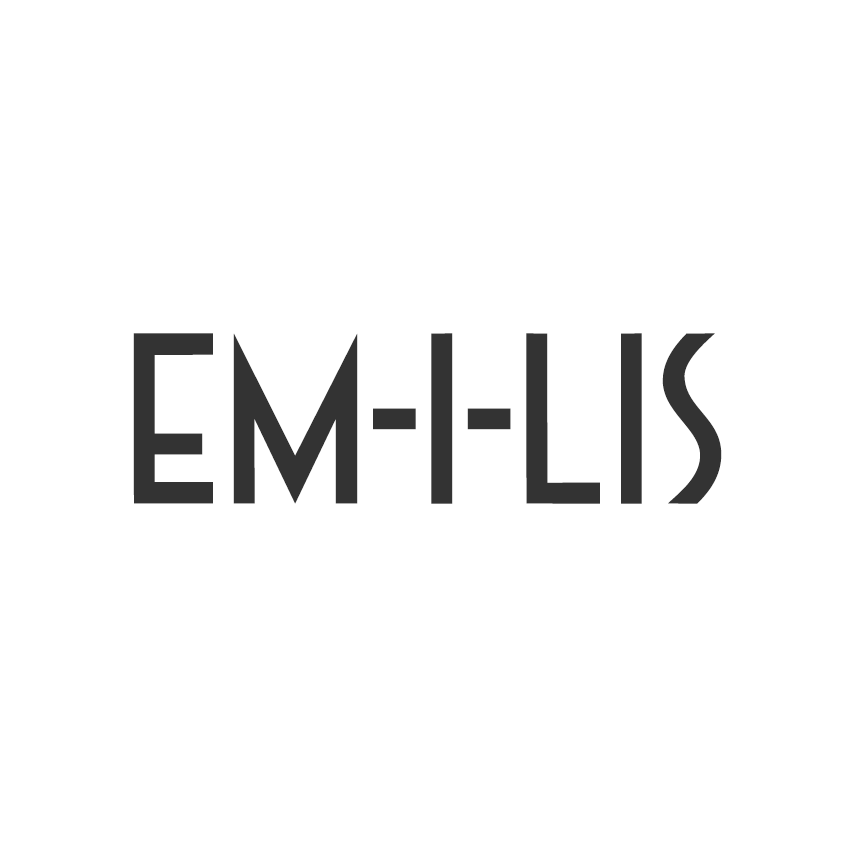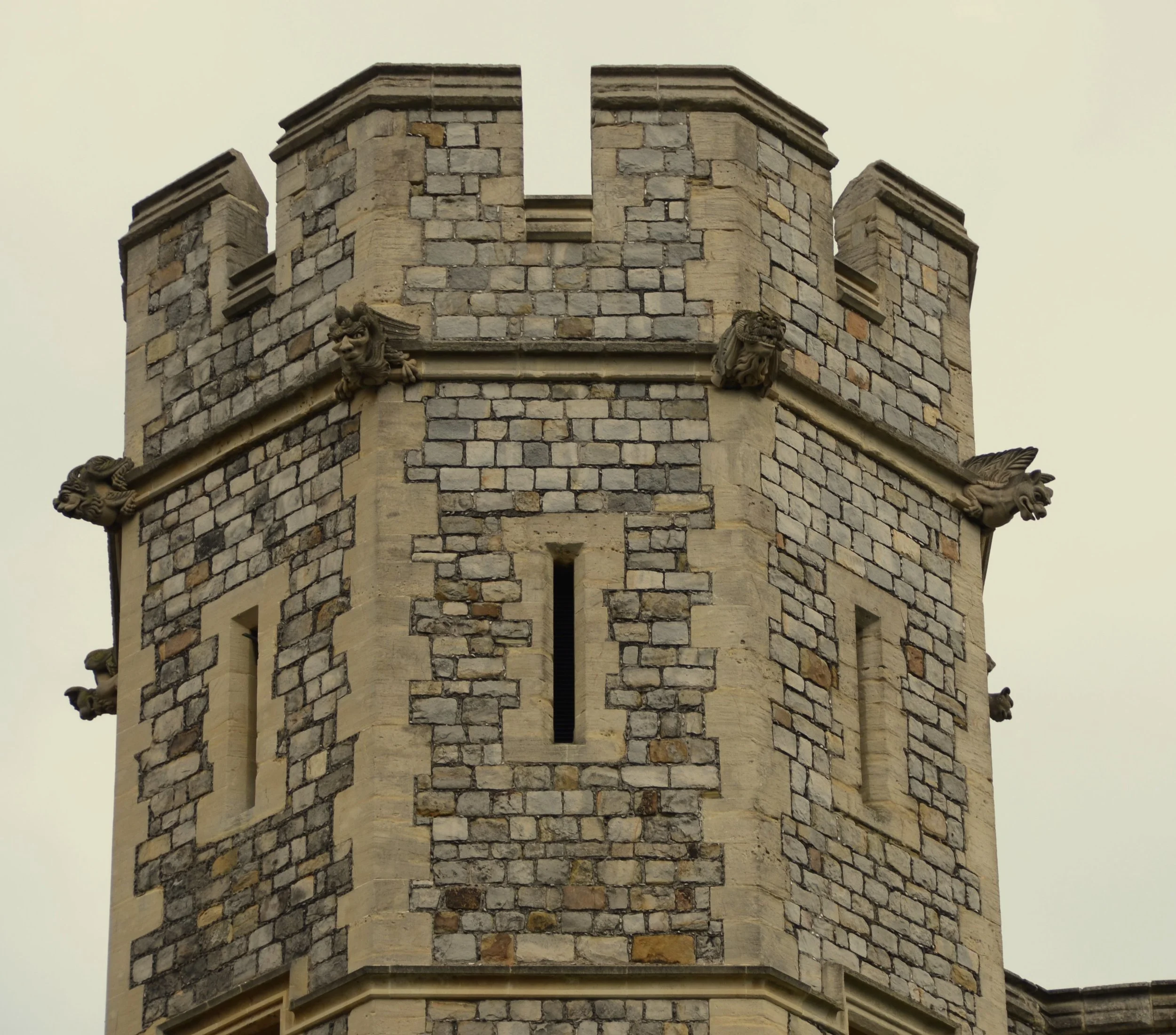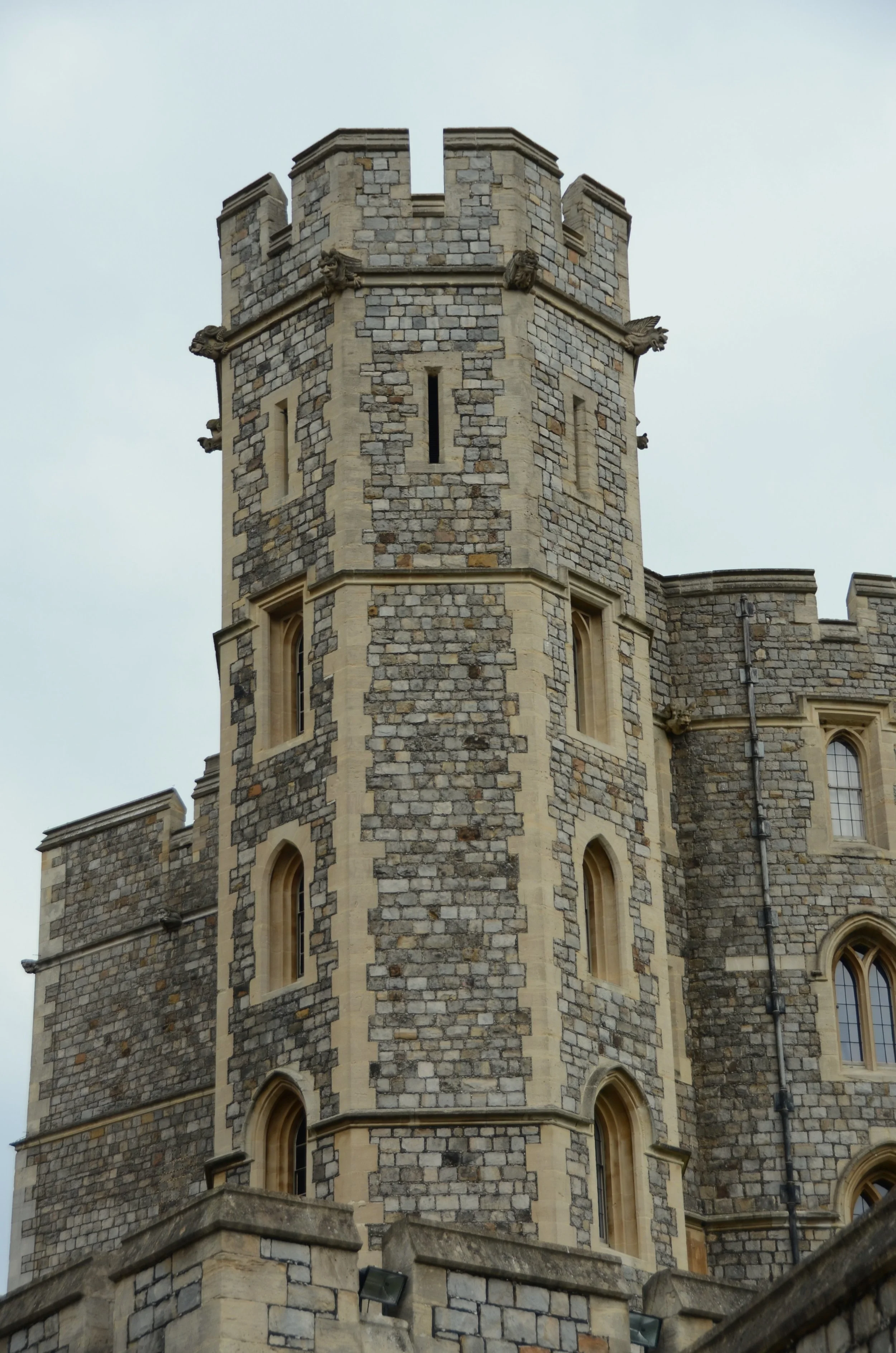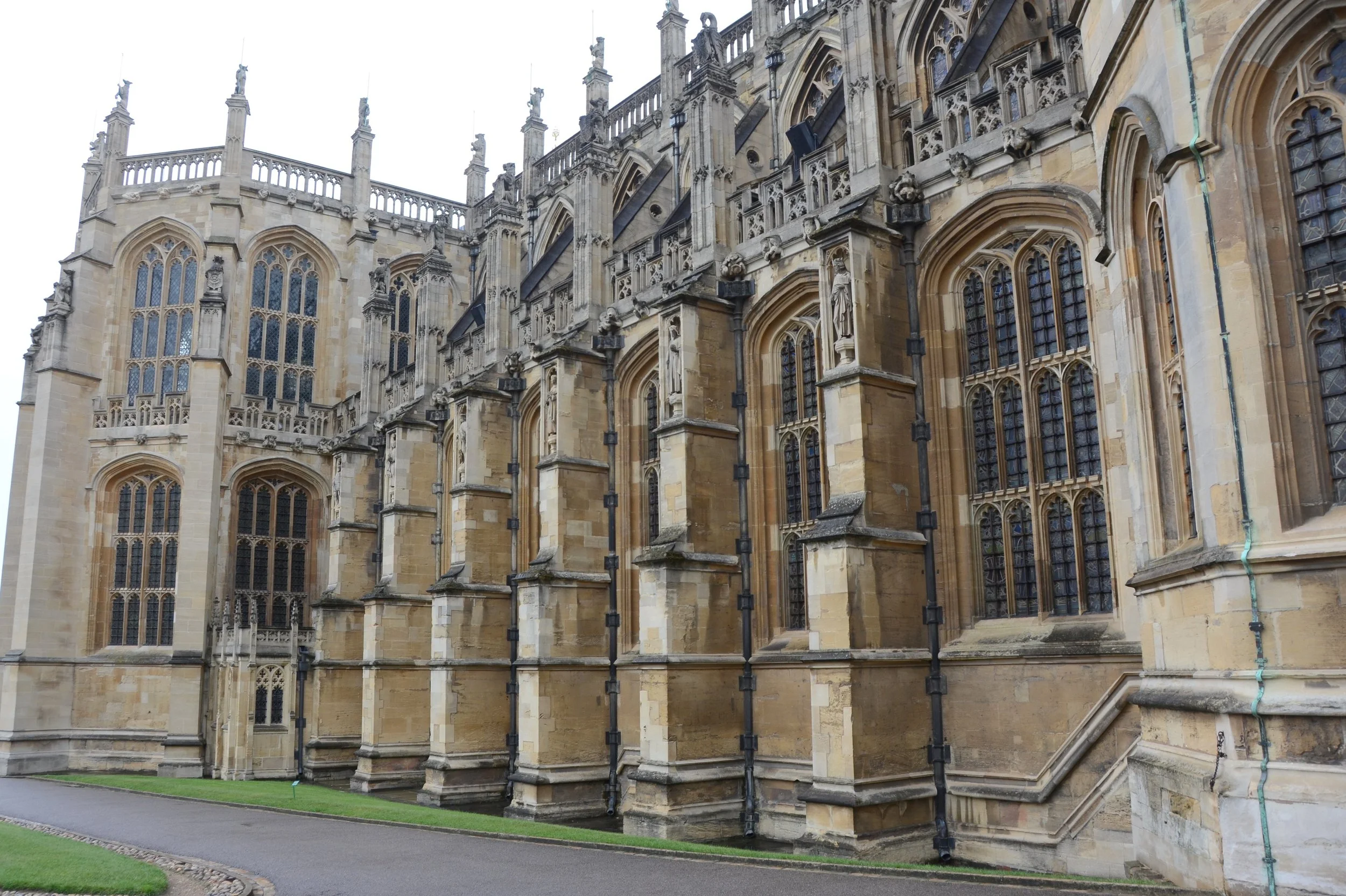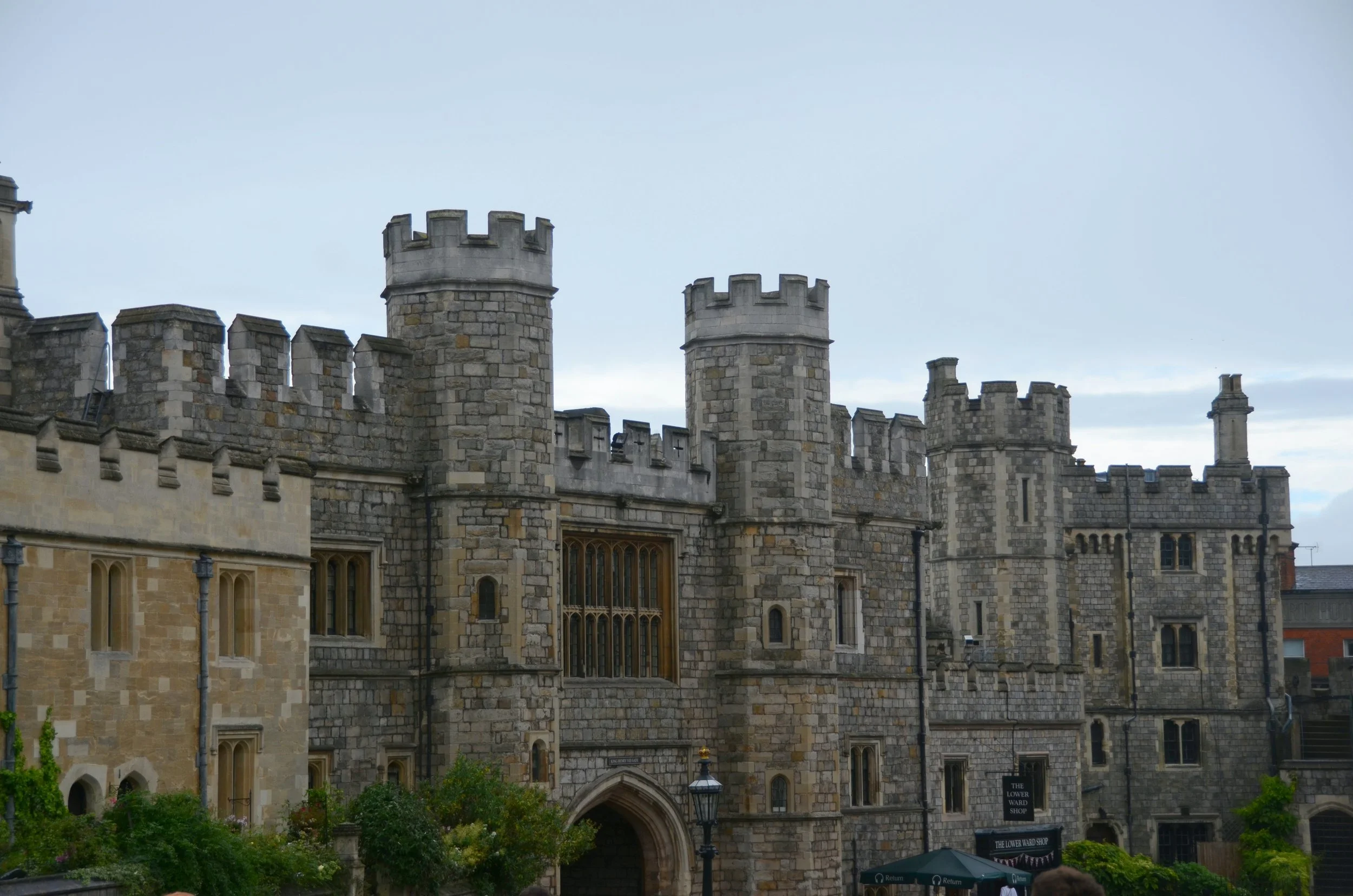Windsor Castle, Runnymede, and Magna Carta at the British Library
/Today, our penultimate here in London, I find myself tired. It's chilly and rainy, gray and "English." We've been so lucky with the weather while here- mostly sun and blue skies or rain just when we'd arrived somewhere. We have packed an incredible amount of things into each day, so really, it's no wonder I feel pooped. We all are, but boy have we maxed out this trip!
Windsor Castle
After Stonehenge on Sunday, we went on to Windsor Castle where we toured the State Apartments, saw the famed Queen Mary's dollhouse and climbed the Round Tower (which is actually shaped like a D). The Queen often spends at the Castle but is in Balmoral, Scotland, now and so the tower is available for visiting. The view from it are gorgeous.
view from the Round Tower of the Long Walk, a 2.65 mile pedestrian road leading out from Windsor Castle. Only royal carriages can drive on it.
We didn't have quite as much time at Windsor as I'd have liked and many parts of it are off-limits, but it's a beautiful place, and I'm glad we went. It's amazing how old things are here; really gives you a sense of awe and humility. And the craftsmanship of these things put many modern constructions to shame!
Magna Carta
On the way back to London, we drove through Runnymede where, in 1215, King John met with the rebel barons to negotiate the Magna Carta. After signing it, John promptly reneged on most, but after his death in 1216, the Magna Carta (or Great Charter) was renegotiated several times. Finally, in 1225, King Henry III (John's son) signed, with his Great Seal, the definitive copy.
This year marks the 800th anniversary of the first charter. Of its original 63 clauses, three remain enshrined in British law. The one of primary import decrees that all 'free men' have the right to a fair and just trial which in essence diminished the space between king and subjects and made the monarchy subject to laws of the land.
I've always been fascinated by the Magna Carta which has greatly influenced many documents since, not least the American Declaration of Independence and Bill of Rights as well as the Universal Declaration on Human Rights following World War II.
This morning, we spent a marvelous couple hours at the British Library's special Magna Carta exhibit. It was one of the best collections and presentations of incredible artifacts I've ever seen. The BL has two of the original 1215 Magna Carta's plus at least four of the later versions. They're in various stages of decline but for being so freaking old, I found their degree of preservation awe-inspiring. Several still had the King's Great Seals attached. And on the Papal Bull that nullified John's first Magna Carta, you can still see the Pope's seal. Amazing.
If you click the link I provided, you can see pictures of everything!
